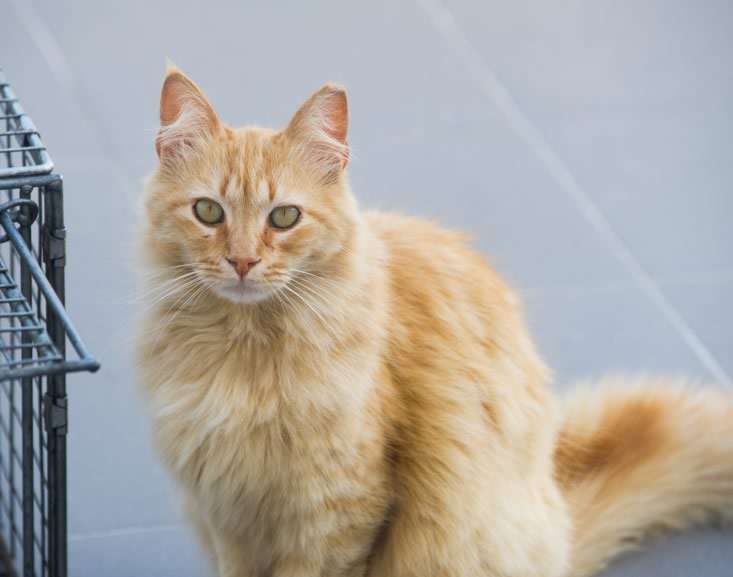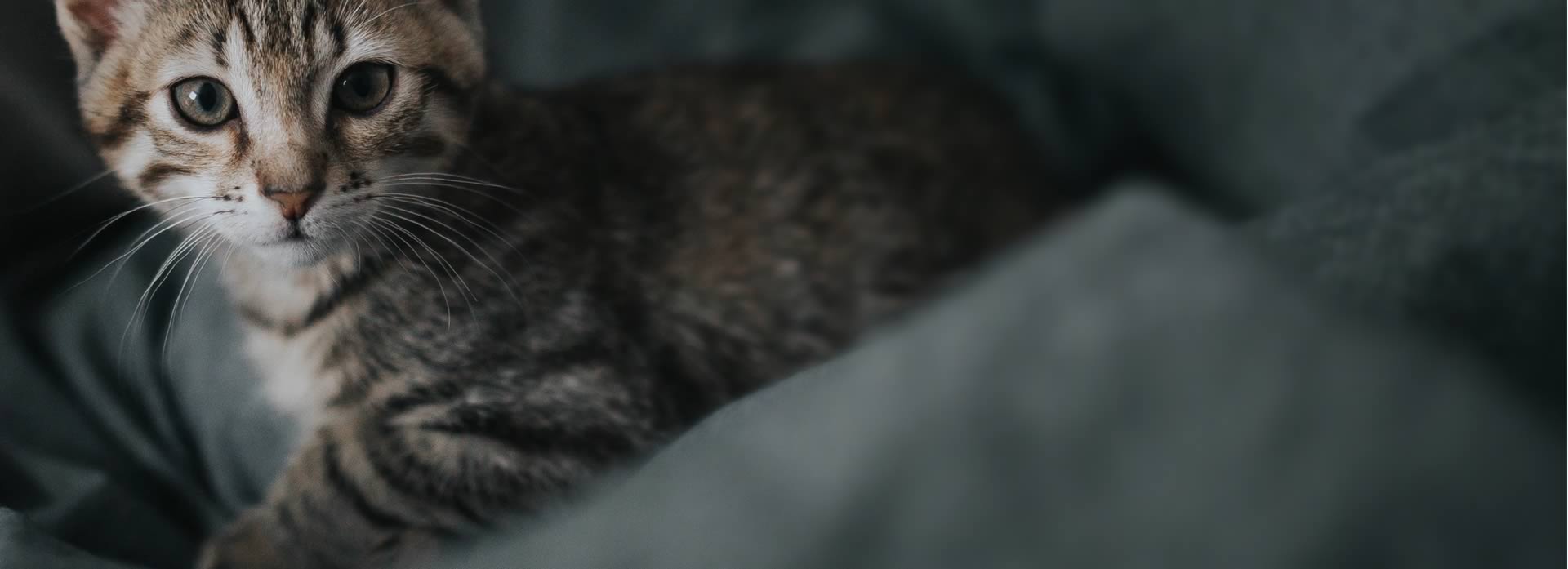Capturar-Esterilizar-Devolver
Em parceria com os municípios e os cuidadores de colónias de gatos silvestres, implementamos um programa de esterilização em massa de âmbito nacional.

O que é o CED?
Capturar-Esterilizar-Devolver (CED) é um método humano e eficaz de controlo de colónias de gatos e de redução das populações felinas silvestres. O processo envolve a captura dos gatos de uma colónia, a sua esterilização, um pequeno corte na orelha esquerda para fins de identificação, desparasitação e, por fim, a devolução dos animais ao seu território de origem, onde são alimentados e protegidos por um cuidador. Sempre que possível, os animais adultos dóceis e as crias que ainda estejam em idade de socialização são retirados das colónias e encaminhados para adopção.
Informações úteis sobre o CED
As vantagens do CED
Na Comunidade
- Menos gatos silvestres e vadios em toda a comunidade;
- Menos abates;
- Menos queixas aos serviços municipais;
- Maior cooperação dos cuidadores;
- Mobilização de acções de voluntariado;
- Redução de custos;
- Relações Públicas vantajosas para os serviços municipais
- Menos gatos silvestres e vadios em toda a comunidade;
- Menos abates;
- Menos queixas aos serviços municipais;
- Maior cooperação dos cuidadores;
- Mobilização de acções de voluntariado;
- Redução de custos;
- Relações Públicas vantajosas para os serviços municipais
Na Colónia
- Não haverá mais ninhadas, e a população de gatos irá diminuir com o tempo;
- Redução drástica do barulho;
- O cheiro torna-se muito menos intenso;
- Mantém-se o controlo de roedores;
- Uma colónia mais saudável e menos visível;
- Exclusão do factor pena/tristeza;
- A presença de um cuidador;
- Evita a criação de uma outra colónia, e não esterilizada
- Não haverá mais ninhadas, e a população de gatos irá diminuir com o tempo;
- Redução drástica do barulho;
- O cheiro torna-se muito menos intenso;
- Mantém-se o controlo de roedores;
- Uma colónia mais saudável e menos visível;
- Exclusão do factor pena/tristeza;
- A presença de um cuidador;
- Evita a criação de uma outra colónia, e não esterilizada


Alternativas falhadas ao CED
Uma das principais razões para se advogar a prática do CED é que nada mais resulta. Quer pretendamos a redução da população felina, quer a diminuição dos incómodos das pessoas, nenhuma outra técnica demonstrou, até agora, ter sucesso a longo prazo. Isto torna-se mais claro quando examinamos as alternativas praticadas.
